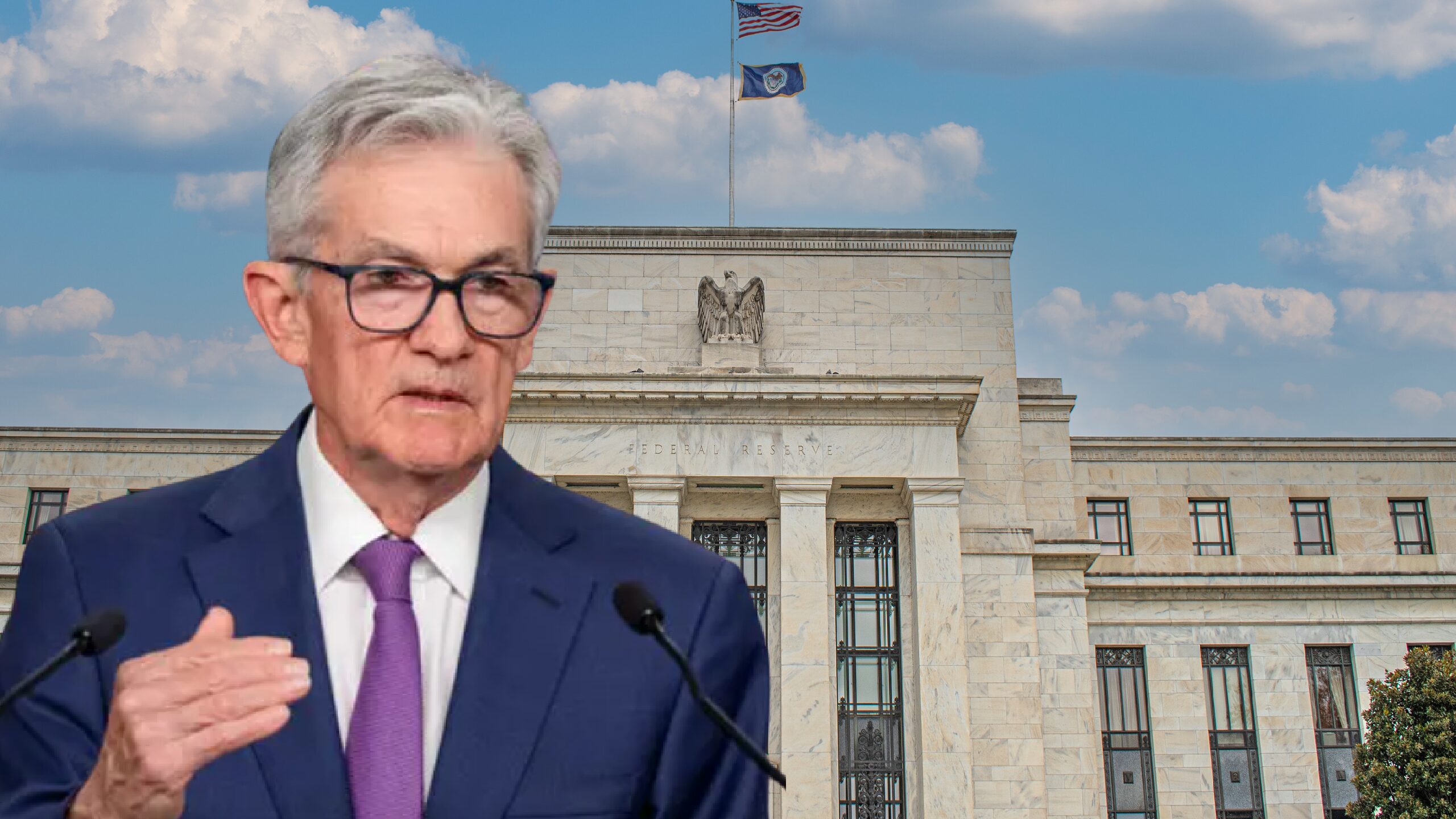Standard Chartered now expects the Federal Reserve to trim its policy rate by 50 basis points at its Sept. 16–17 meeting, doubling its prior call for a quarter-point move after August hiring nearly stalled and unemployment ticked higher. A basis point is one hundredth of a percentage point. The bank said the labor market has softened fast enough to warrant a “catch-up” adjustment.
The pivot follows Friday’s Employment Situation Report, which showed nonfarm payrolls rising by 22,000 in August while the unemployment rate edged up to 4.3 percent. Average hourly earnings rose 0.3 percent on the month and 3.7 percent on the year, while the average workweek held at 34.2 hours. June and July revisions subtracted a net 21,000 jobs.
Operatively, StanChart is calling for a half-point cut at the September Federal Open Market Committee meeting, which is one of the quarterly gatherings that include updated economic projections. The Fed’s calendar shows the next decision and press conference on Sept. 17.
Other forecasters are shifting as well. Bank of America, which previously did not expect rate cuts this year, now projects a 25 bp reduction in September and another in December, underscoring how the latest data have recalibrated expectations across Wall Street research desks.
The breadth of changes highlights a debate over whether the Fed must prioritize labor slack over still-sticky services inflation.
Markets have moved decisively toward a September easing. Fed-funds futures fully price at least a quarter-point reduction, with a smaller but notable probability attached to a 50 bp move.
Traders and strategists caution that the upcoming consumer-price report could sway odds into the meeting. Inflation remains the swing factor for how far and how fast the Fed can proceed.
Jobs data flips the call
The employment report offered several signs of cooling. Hiring gains were concentrated in health care, with losses in federal government and in mining and oil and gas. The jobless rate’s rise to 4.3 percent, alongside a steady workweek and slower payroll momentum since April, points to softer demand for labor.
Wage growth has eased from 2023 levels, which should relieve some pressure on core inflation in coming months if the trend persists.
A larger cut would mark a departure from the Fed’s recent cadence, but Standard Chartered argues the central bank has used outsized steps before to realign policy with the data. The bank frames the risk as asymmetric: delaying a bolder move could let labor conditions deteriorate faster than desired, while inflation is already trending closer to target than a year ago.
That view contrasts with analysts who warn that services inflation and fiscal support could limit scope for deeper easing this year.
The CPI release ahead of the meeting, the Fed’s Summary of Economic Projections, and any signaling from Chair Jerome Powell’s press conference will set the path for the remainder of 2025. If inflation surprises hot, a 25 bp step could remain the base case. If price growth cools while job gains stay weak, the case for 50 bp strengthens.
Either way, the combination of softer hiring and rising unemployment has moved the center of gravity toward an initial cut in September, with the debate shifting to its size and follow-through.



















